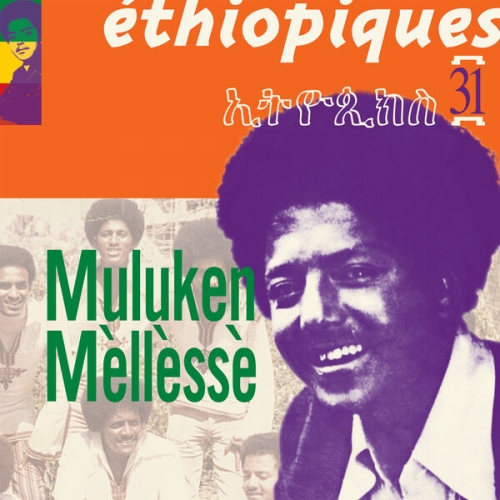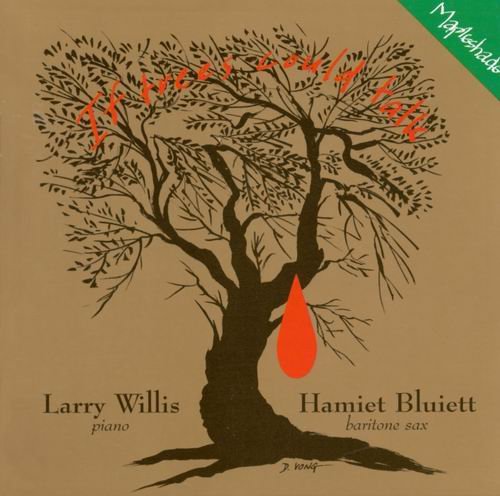Fifty Foot Hose - Ingredients (1997)

Artist: Fifty Foot Hose
Title: Ingredients
Year Of Release: 1997
Label: Del Val [DV 010]
Genre: Psychedelic Rock, Experimental Rock
Quality: 320 kbps / FLAC (tracks+cue, log, scans)
Total Time: 43:56
Total Size: 116 mb / 270 mb
WebSite: Album Preview
Title: Ingredients
Year Of Release: 1997
Label: Del Val [DV 010]
Genre: Psychedelic Rock, Experimental Rock
Quality: 320 kbps / FLAC (tracks+cue, log, scans)
Total Time: 43:56
Total Size: 116 mb / 270 mb
WebSite: Album Preview
Fifty Foot Hose were one of the most unusual '60s San Francisco psychedelic bands, in part because they weren't really that psychedelic. Like a few other acts of the time (most notably the United States of America), they were trying to fuse the contemporary sounds of rock with electronic instruments and avant-garde compositional ideas. Only one album resulted from the ambitious enterprise, and that record (Cauldron, 1968) still remains unknown to all but hardcore collectors. Although an erratic work, it was intriguing for its mix of jazzy psychedelic rock tunes with electronic sound effects that anticipated future models of synthesizers, but sounded fiercer and more primitive.
Fifty Foot Hose were founded by bassist Cork Marcheschi, who had previously been in a conventional rock/R&B band the Ethix. Under Marcheschi's prodding, in 1967, the Ethix released one wildly atonal single, "Bad Trip," whose violent musique concrète foreshadowed the avant-garde postures of his subsequent group (in fact, "Bad Trip" was more avant-garde than anything Fifty Foot Hose would record). (Apparently it was played once on a local underground radio station, and then never again.) Interested in the ideas of experimental composers like Edgar Varese, John Cage, Terry Riley, andGeorge Antheil, Marcheschi constructed his own electronic instrument from a combination of elements like Theremins, fuzz boxes, a cardboard tube, and a speaker from a World War II aircraft bomber.
Fifty Foot Hose were filled out by guitarist David Blossom and his vocalist wife Nancy, who brought both psychedelic and jazz influences to the band, and a couple of musicians who had played withMarcheschi in other acts. A home demo successfully demonstrated their fusion of electronic effects and songs that were loosely in tune with the San Francisco psychedelic vibe. It led to a deal with Limelight, a subsidiary of Mercury that focused more upon experimental music than conventional rock and pop outings.
Cauldron was perhaps more interesting for its experimental textures than the sometimes routine compositions -- eerie electronic swoops and jolts swam through the background and foreground of the tracks, enhanced by techniques like putting instruments through an FM transmitter. The jazzier and spookier tunes worked better than the bluesier hard rock items, yet it was an admirably risk-taking effort. But, ultimately, a pretty uncommercial one -- although they got some live work in San Francisco, the album was heard by few at its time of release. Fifty Foot Hose were finished, ironically, by the temptations of a much more commercial project -- when the musical Hair came to San Francisco, most of the members joined the production to satisfy their need for more reliable income. Interest in the group resurfaced in the 1990s, as they became recognized as precursors to the electronic rock sounds of groups like Throbbing Gristle. Marcheschi is now a respected sculptor, specializing in public work using neon, plastic, and kinetic characteristics.
These seven songs were recorded prior to the Caldron album, and are rawer in form and execution than the Caldron material. Four of them show up as bonus tracks on Big Beat's CD reissue of Caldron -- including the best number, the jazzy "Fly Free" -- but three do not. Of those three cuts, "Good Morning Girl" and "Low Down Mostly" are much more in the normal blues-rock-influenced San Francisco 1967 psychedelic vein than most Fifty Foot Hose material, while "War" is a more typical electronic free-for-all. It's of peripheral importance unless you're a psychedelic completist. Don't think you're done collecting Fifty Foot Hose if you have the Caldron LP and Ingredients, though, since the expanded Big Beat reissue of Caldron has some additional demos that are not on either of those releases. AMG.
Fifty Foot Hose were founded by bassist Cork Marcheschi, who had previously been in a conventional rock/R&B band the Ethix. Under Marcheschi's prodding, in 1967, the Ethix released one wildly atonal single, "Bad Trip," whose violent musique concrète foreshadowed the avant-garde postures of his subsequent group (in fact, "Bad Trip" was more avant-garde than anything Fifty Foot Hose would record). (Apparently it was played once on a local underground radio station, and then never again.) Interested in the ideas of experimental composers like Edgar Varese, John Cage, Terry Riley, andGeorge Antheil, Marcheschi constructed his own electronic instrument from a combination of elements like Theremins, fuzz boxes, a cardboard tube, and a speaker from a World War II aircraft bomber.
Fifty Foot Hose were filled out by guitarist David Blossom and his vocalist wife Nancy, who brought both psychedelic and jazz influences to the band, and a couple of musicians who had played withMarcheschi in other acts. A home demo successfully demonstrated their fusion of electronic effects and songs that were loosely in tune with the San Francisco psychedelic vibe. It led to a deal with Limelight, a subsidiary of Mercury that focused more upon experimental music than conventional rock and pop outings.
Cauldron was perhaps more interesting for its experimental textures than the sometimes routine compositions -- eerie electronic swoops and jolts swam through the background and foreground of the tracks, enhanced by techniques like putting instruments through an FM transmitter. The jazzier and spookier tunes worked better than the bluesier hard rock items, yet it was an admirably risk-taking effort. But, ultimately, a pretty uncommercial one -- although they got some live work in San Francisco, the album was heard by few at its time of release. Fifty Foot Hose were finished, ironically, by the temptations of a much more commercial project -- when the musical Hair came to San Francisco, most of the members joined the production to satisfy their need for more reliable income. Interest in the group resurfaced in the 1990s, as they became recognized as precursors to the electronic rock sounds of groups like Throbbing Gristle. Marcheschi is now a respected sculptor, specializing in public work using neon, plastic, and kinetic characteristics.
These seven songs were recorded prior to the Caldron album, and are rawer in form and execution than the Caldron material. Four of them show up as bonus tracks on Big Beat's CD reissue of Caldron -- including the best number, the jazzy "Fly Free" -- but three do not. Of those three cuts, "Good Morning Girl" and "Low Down Mostly" are much more in the normal blues-rock-influenced San Francisco 1967 psychedelic vein than most Fifty Foot Hose material, while "War" is a more typical electronic free-for-all. It's of peripheral importance unless you're a psychedelic completist. Don't think you're done collecting Fifty Foot Hose if you have the Caldron LP and Ingredients, though, since the expanded Big Beat reissue of Caldron has some additional demos that are not on either of those releases. AMG.
:: TRACKLIST ::
1 – Fifty Foot Hose – War Is Over (13:16)
2 – Fifty Foot Hose – Good Morning Girl (06:05)
3 – Fifty Foot Hose – Fly Free (02:41)
4 – The Ethix – Skins (02:38)
5 – The Ethix – Bad Trip (02:44)
6 – Fifty Foot Hose – Desire (11:40)
7 – Fifty Foot Hose – Low Down Nasty (05:01)



![Jordan Williams - Playing By Ear (2025) [Hi-Res] Jordan Williams - Playing By Ear (2025) [Hi-Res]](https://www.dibpic.com/uploads/posts/2025-12/1764869127_py9tce3m5waha_600.jpg)
![Laurine Frost - Maiden (2025) [Hi-Res] Laurine Frost - Maiden (2025) [Hi-Res]](https://img.israbox.com/img/2025-12/01/3e2dvxmqjebf2huqbw8eabcua.jpg)
![Wojtek Mazolewski - Solo (2025) [Hi-Res] Wojtek Mazolewski - Solo (2025) [Hi-Res]](https://www.dibpic.com/uploads/posts/2025-12/1764783212_1200x630bb.jpg)


